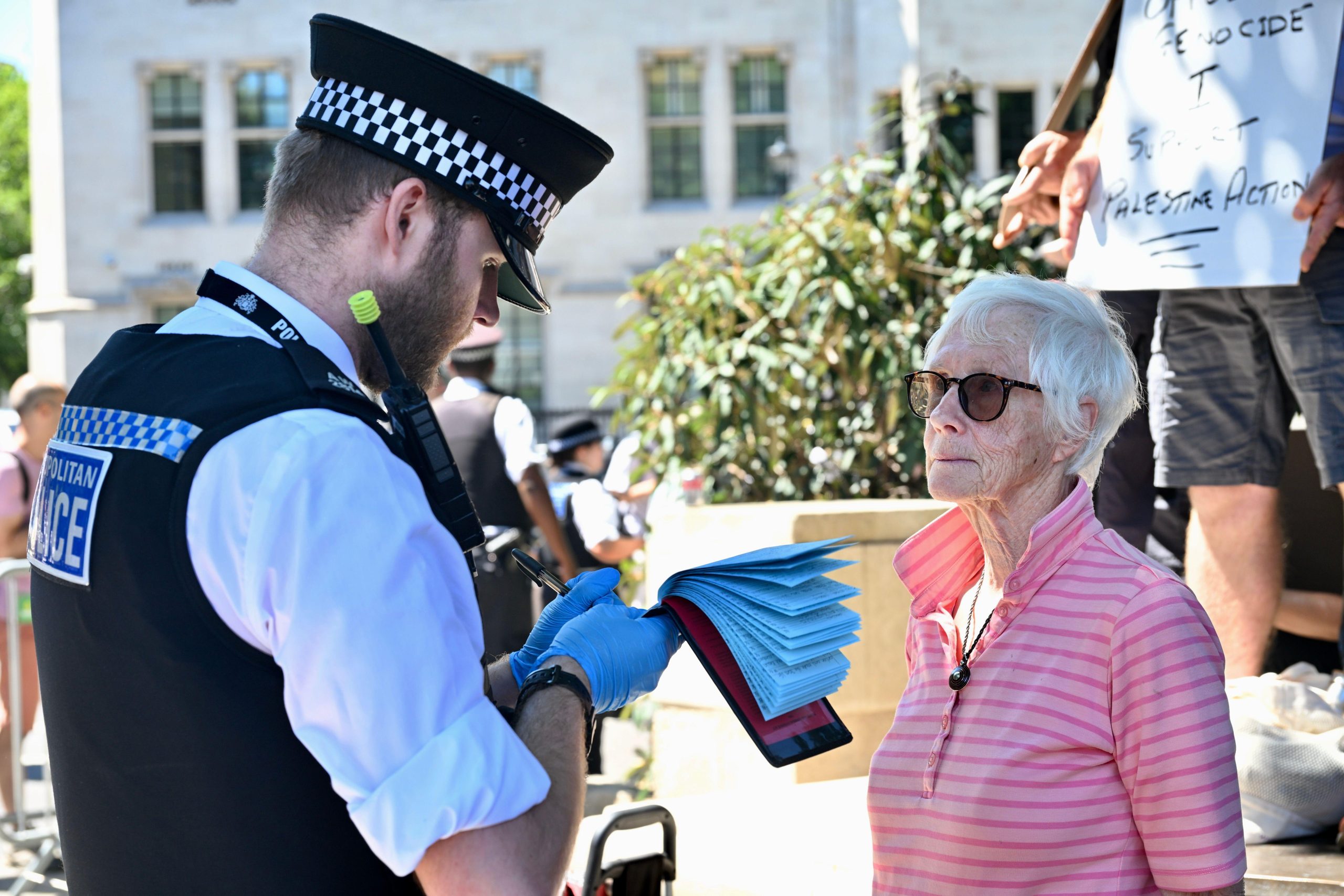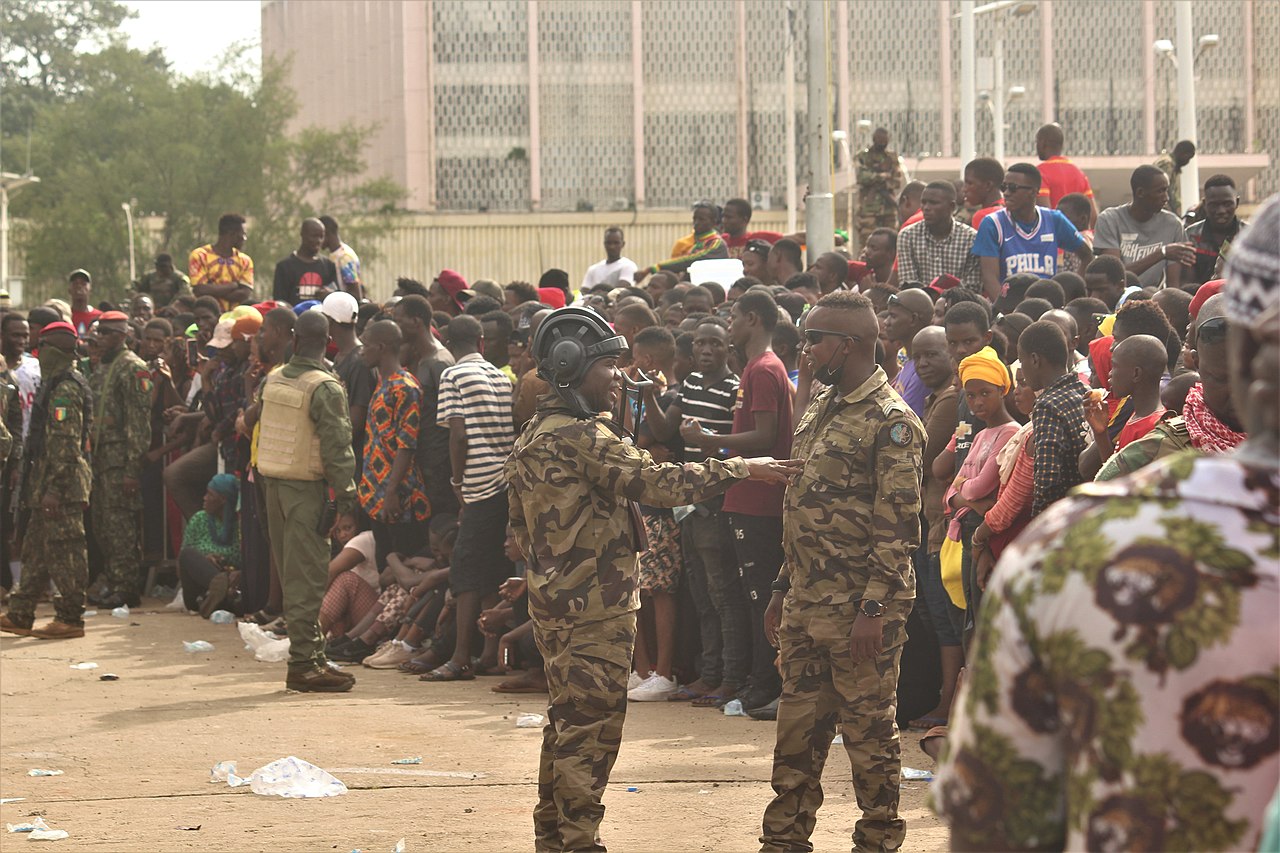Dirty War abductions: A case involving the adopted heirs to an Argentinean media empire has reignited a row about press freedom. Ed Stocker reports
In a twist worthy of a telenovela, Ernestina Herrera de Noble, owner of Argentina’s largest media empire, Grupo Clarín, is at the heart of a court case that has reopened old wounds from the country’s 1970’s ‘Dirty War’.
De Noble stands accused of adopting two children of the ‘disappeared’— those tortured and murdered by the military dictatorship between 1976 and 1983. The case, which has already taken eight years, is aimed at determining the true identity of her adoptive children and whether they are two of the 500 children estimated to have been illegally taken from their parents by the military.
De Noble’s media group owns Clarín, the most widely read newspaper in Argentina. Some commentators claim its high-profile owner has affected the paper’s coverage of the case but the newspaper denies the accusations.
Now the argument has moved onto whether journalists have compromised their credibility by working for the newspaper. On Friday posters appeared around Buenos Aires featuring 12 journalists who work for the media conglomerate. Above their individual photos a slogan asked: “Can you be ‘independent journalists’ and work for the owner of a multimedia company who is accused of appropriating children of the disappeared?” So far no group has claimed responsibility for the posters.
Clarín was quick to respond. In its Saturday edition the paper called the posters an “anonymous attack”. Gabriel Michi, president of the Foro de Periodismo Argentino (Argentine Journalism Forum) called the fly-posting a cowardly act, adding that it generated “a climate of pressure that could descend into much worse situations.”
The Senate approved a law in November 2009 that allows the compulsory collection of DNA in cases involving children of disappeared (1976-83). The posters surfaced after judges on 9 April rejected a legal application by Herrera de Noble’s adoptive children, Marcela and Felipe, aimed at preventing their DNA from being compared to samples in the National Bank of Genetic Data. The database preserves the genetic data of relatives of disappeared children; so far it has identified more than 100 children. Meanwhile the case is still working its way through the courts, and a decision about when the examination will take place is pending.
The Abuelas de Plaza de Mayo, an organisation of mothers of the disappeared searching to identify their adopted grandchildren, celebrated the ruling as an important step. Abuela Buscarita Roa, reunited with her own granddaughter in 2000, said that she believed Clarín’s coverage, questionable in the past, had become more open in the last few months. She added: “Clarín has a very special power, as much economic as it is political. Due to this, censorship does exist.”
For Diego Martinez, journalist at the left-leaning daily Página 12, both Clarín and La Nación, Argentina’s other major newspaper, are guilty of obscuring the truth. He said: “Self-censorship in the de Noble case is evident as much in Clarín as La Nación which always twists the facts to fit in with the lawyers of the accused.”
A La Nación article on the Herrera de Noble case on 11 February stated that “the young children were adopted legally”, brushing over “Supposed irregularities” in the adoption proceedings. Clarín, too, has frequently printed interviews with lawyers representing de Noble’s adoptive children while denying a forum to those who question the children’s identity.
Martinez argues the papers report the story but fail to mention the “gross irregularities” surrounding the adoptions, including the fact that de Noble claims she found one child in a cardboard box on her doorstep.
Those opposed to Clarín and La Nación cite the papers’ close alignment with the military dictatorship that ran from 1976 to 1983 as one of the reasons they are reluctant to confront contemporary stories linked to the abuses of the past. For Buenos Aires-based journalist Juan Salinas, the papers were “accomplices and benefactors of the dictatorship.”
President Cristina Kirchner introduced a new media law in October 2009 aimed at breaking media monopolies, including the Clarín empire. Although approved by the Senate, the legislation is currently being held up by the courts, which caused thousands of protesters to take to the streets of the capital on 15 April in support of the law.
Opponents argue that it is a cynical way of trying to censure Grupo Clarín, which could be forced to sell of much of its assets and to a lesser extent La Nación, both of whom have been critical of the Kirchner governments.
Supporters claim the law is a much needed overhaul of a current system that can trace its roots to the establishment of the semi-monopolistic Papel Prensa, a news print producer formed by Clarín and La Nación in 1976,overseen by junta leader Jorge Rafael Videla.
Up to 30,000 people are thought to have been abducted and killed by the military dictatorship and as many as 500 children taken from their parents.
Ed Stocker is a freelance writer, currently based in Buenos Aires





